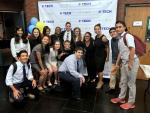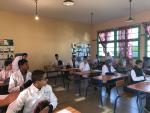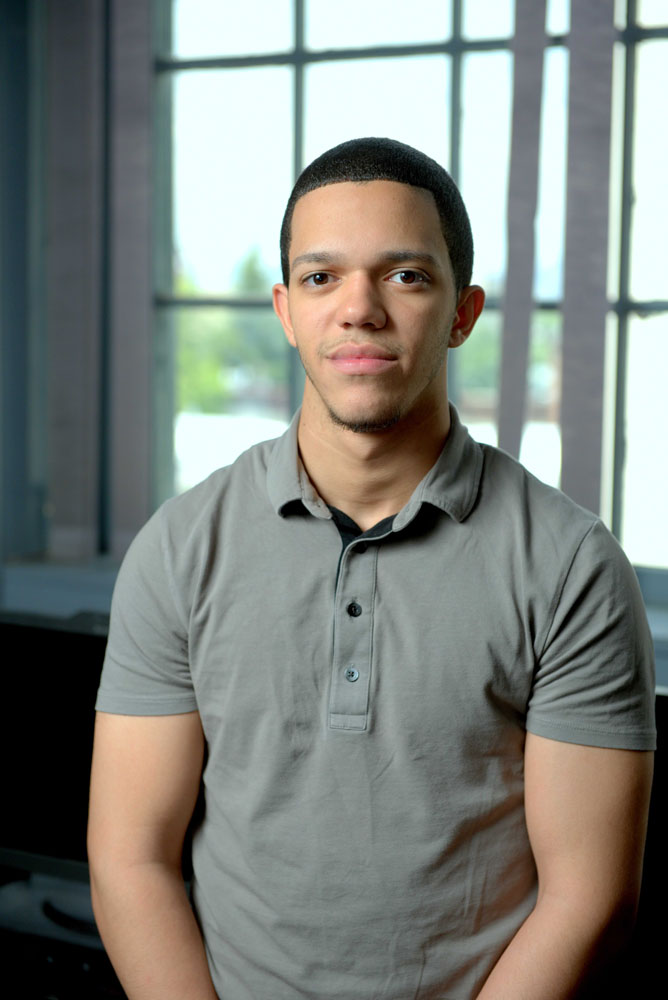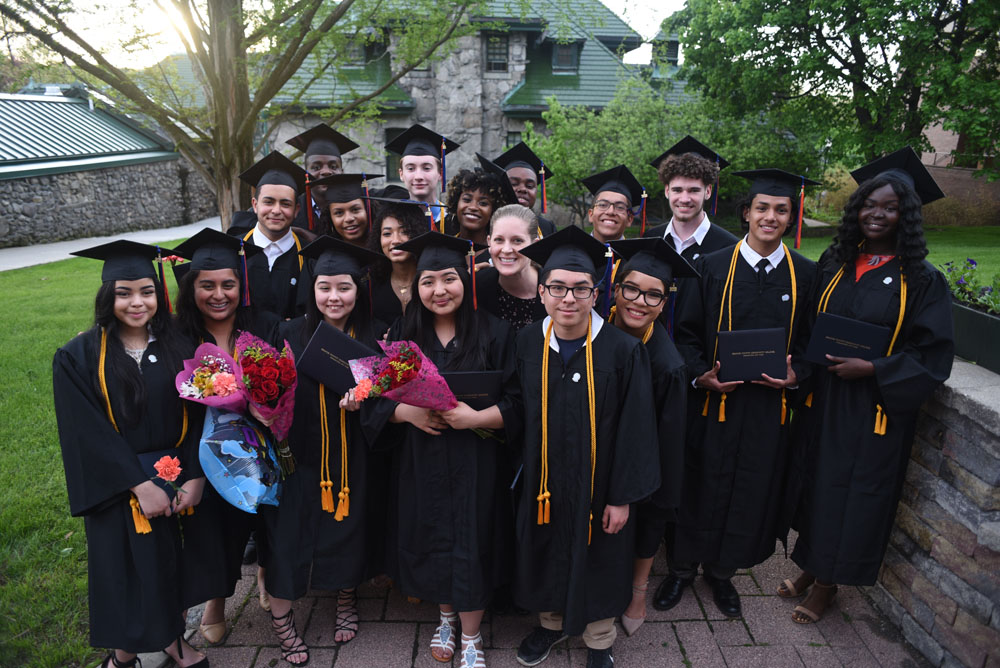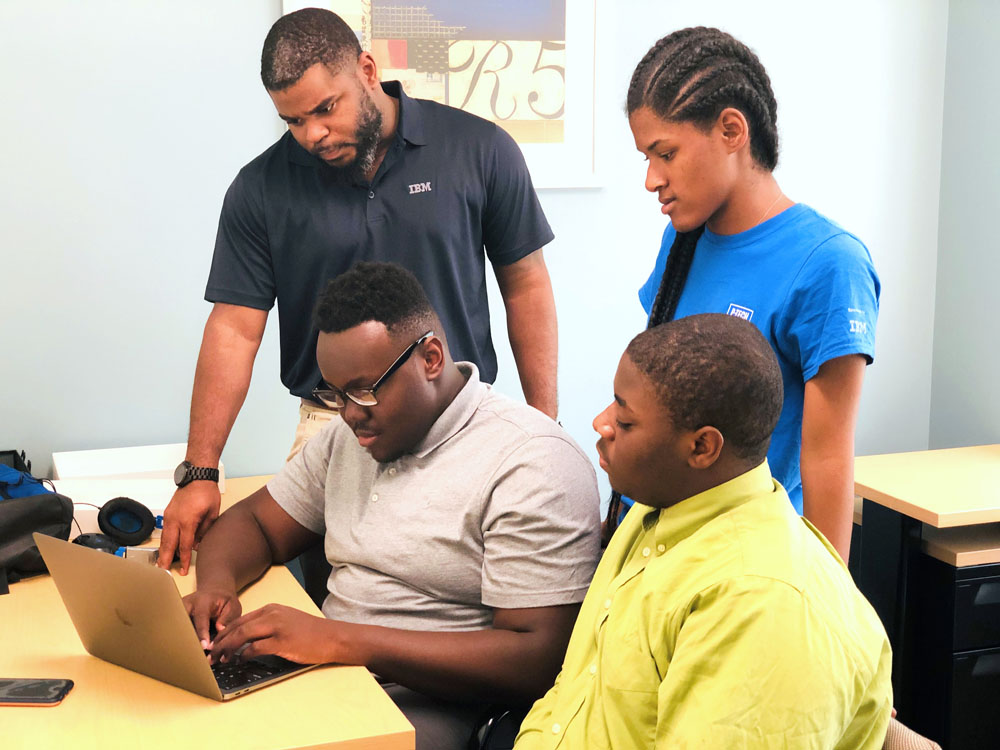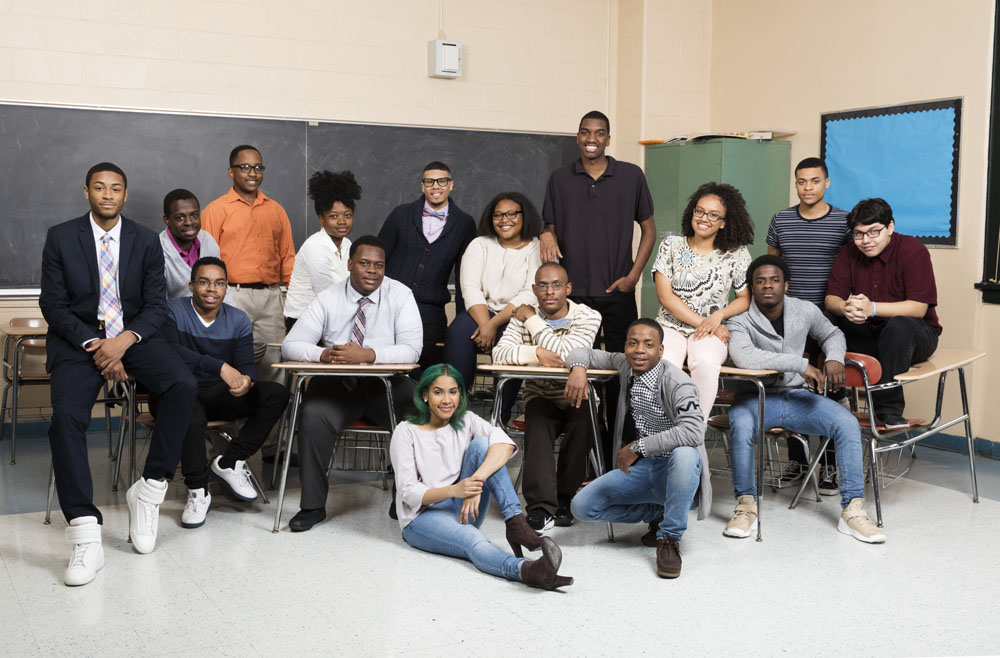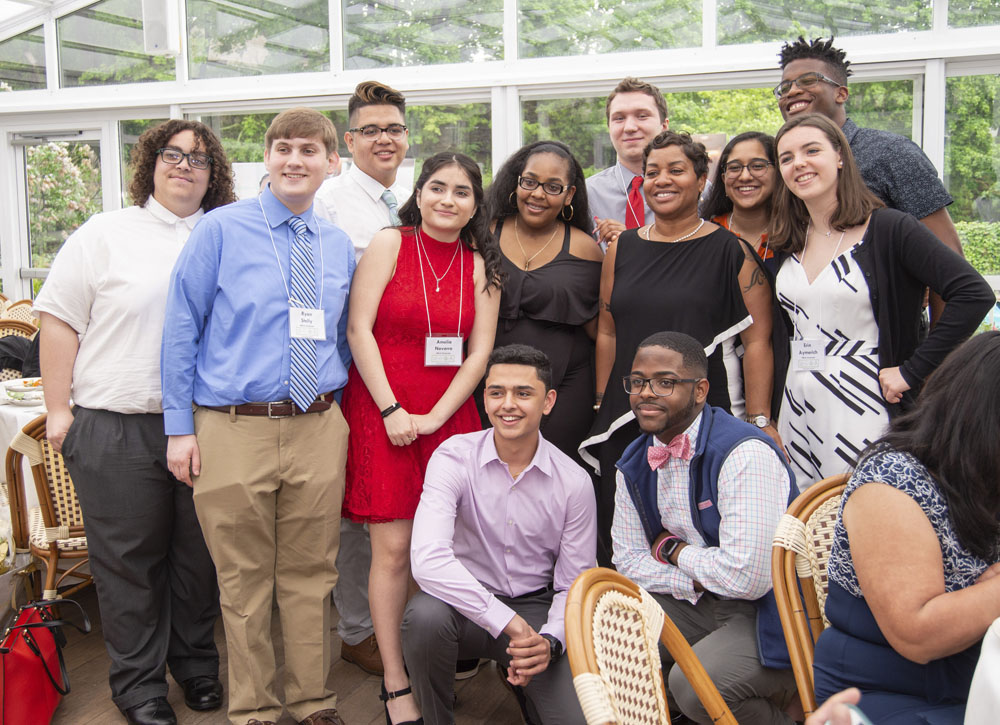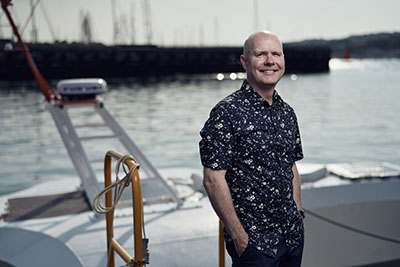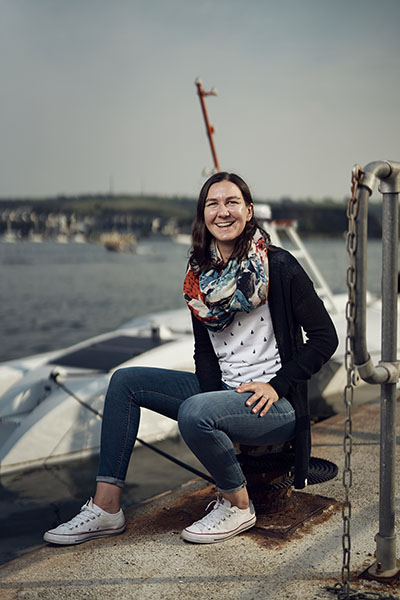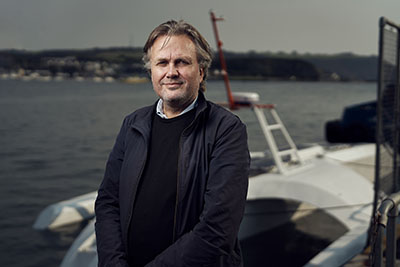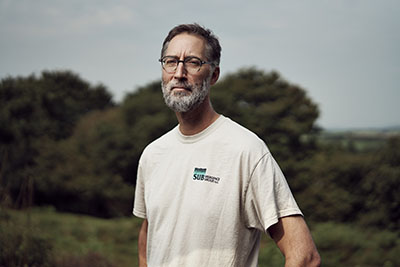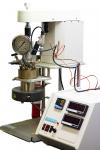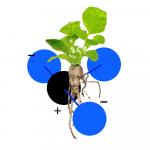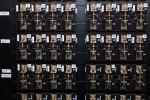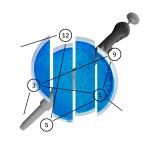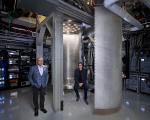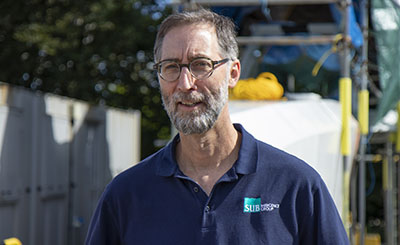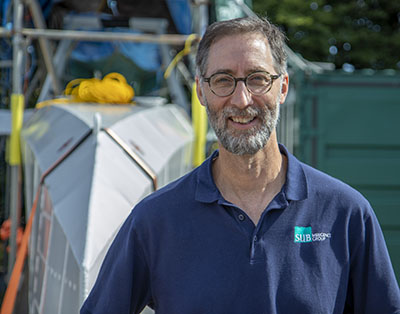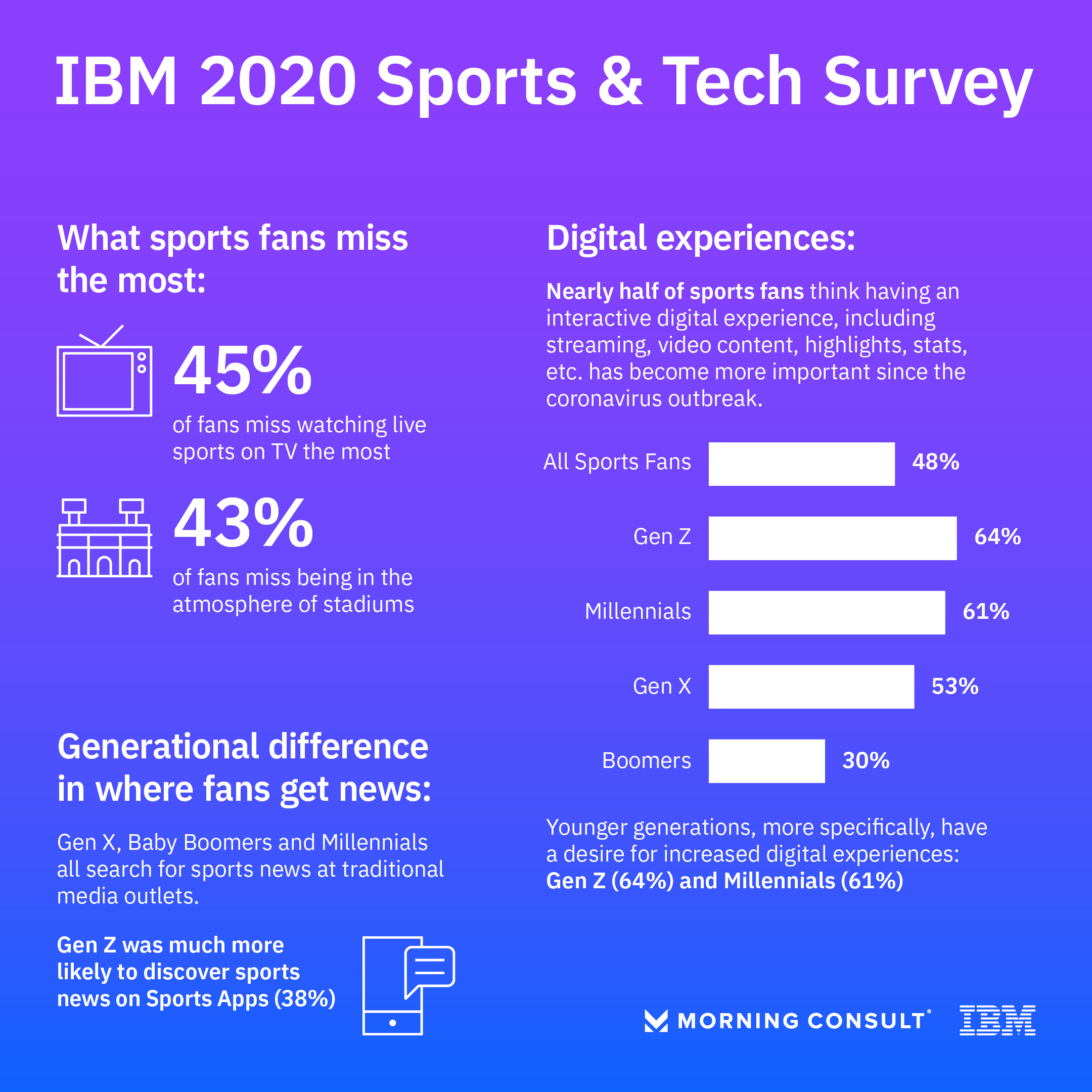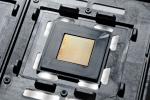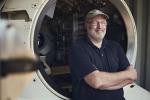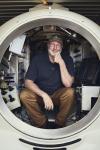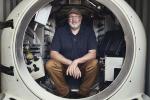Asset gallery
Media assets are free for editorial broadcast, print, and online use. It is restricted for use for other purposes.
-
Download: Hi Res (2.7 MB)
-
Download: Hi Res (2 MB)
-
Download: Hi Res (1.7 MB)
-
Download: Hi Res (2.1 MB)
-
Download: Hi Res (1.6 MB)
-
Download: Hi Res (2.5 MB)
-
Download: Hi Res (1.6 MB)
-
Download: Hi Res (11.7 MB)
-
Download: Hi Res (1.8 MB)
-
Download: Hi Res (2.5 MB)
-
Download: Hi Res (1.6 MB)
-
Download: Hi Res
-
Download: Hi Res (2.5 MB)
-
Download: Hi Res (2.1 MB)
-
Download: Hi Res
-
Download: Hi Res (10.3 MB)
-
Download: Hi Res (3 MB)
-
Download: Hi Res (2.8 MB)
-
Download: Hi Res (4.7 MB)
-
Download: Hi Res (2.6 MB)
-
Download: Hi Res (2.6 MB)
-
Download: Hi Res (1.9 MB)
-
Download: Hi Res (2.2 MB)
-
Download: Hi Res (2.4 MB)
-
Download: Hi Res (2.6 MB)
-
Download: Hi Res (1.1 MB)
-
Download: Hi Res (9.1 MB)
Credit: Tom Barnes for IBM
-
Download: Hi Res (8.6 MB)
Credit: Tom Barnes for IBM
-
Download: Hi Res (5.1 MB)
Credit: Tom Barnes for IBM
-
Download: Hi Res (9.6 MB)
Credit: Tom Barnes for IBM
-
Download: Hi Res (7.4 MB)
Credit: Tom Barnes for IBM
-
Download: Hi Res (11.1 MB)
This year's IBM "5 in 5" predictions focus on accelerating the discovery of new materials to enable a more sustainable future. In line with the United Nation’s global call-to-action through its Sustainable Development Goals, IBM researchers are working to speed up the discovery of new materials that will address significant worldwide problems. Specifically, we are exploring how technology can be used to reinvent the materials design process to find solutions to such challenges as fostering good health and clean energy as well as bolstering sustainability, climate action and responsible production.
-
Download: Hi Res (592 KB)
In the next five years, we will be able to capture CO2 from the air and transform it from the scourge of the environment into something useful. The goal is to make CO2 capture and reuse efficient enough to scale globally so we can significantly reduce the level of the harmful CO2 in the atmosphere and, ultimately, slow climate change.
-
Download: Hi Res (12.9 MB)
In the next five years, we will be able to capture CO2 more efficiently and transform it into something useful. IBM researchers are working on a sustainable materials development platform for harnessing CO2 as a raw material for monomers and polymers such as plastic. The instrument pictured here is used to synthesize new CO2-based materials designed with a focus towards recyclability that allows for recovery and reuse.
-
Download: Hi Res (542 KB)
In the next five years, we will replicate nature’s ability to convert nitrogen in the atmosphere into nitrate-rich fertilizer, feeding the growing world while reducing the environmental impact of fertilizers. We’ll come up with an innovative solution to enable nitrogen fixation at a sustainable scale and help feed the world’s rapidly growing population.
-
Download: Hi Res (361 KB)
In the next five years, we will discover new materials for safer and more environmentally-preferable batteries capable of supporting a renewable-based energy grid and more sustainable transportation. Many renewable energy sources are intermittent and require storage. The use of AI and quantum computing will result in batteries built with safer and more efficient materials for improved performance.
-
Download: Hi Res (4.8 MB)
A battery evaluation board in the IBM Research-Almaden Battery Lab used to measure the performance of a cobalt- and nickel-free battery developed by IBM researchers. The researchers showed that the battery could have higher power density, lower flammability and much faster charging times than conventional Li-ion batteries.
-
Download: Hi Res (3.1 MB)
A battery tester and cycler in the IBM Research-Almaden Battery Lab, where IBM researchers developed a cobalt- and nickel-free battery that relies on an iodine-based cathode. The researchers showed that the battery could have higher power density, lower flammability and much faster charging times than conventional Li-ion batteries.
-
Download: Hi Res (665 KB)
In the next five years, we will advance materials manufacturing, enabling semiconductor manufacturers to improve the sustainability of their coveted products. Scientists will embrace a new approach to materials design that enables the tech industry to more quickly produce sustainable materials for the production of semiconductors and electronic devices.
-
Download: Hi Res (2.8 MB)
The SUNY Polytechnic Institute Colleges of Nanoscale Science and Engineering’s NanoTech Complex in Albany, NY is an example of where semiconductors are produced and photoresist materials are used. (Photo credit: Dan Corliss)
-
Download: Hi Res (1.2 MB)
The SUNY Polytechnic Institute Colleges of Nanoscale Science and Engineering’s NanoTech Complex in Albany, NY is an example of where semiconductors are produced and photoresist materials are used. (Photo credit: Connie Zhou)
-
Download: Hi Res (551 KB)
In the next five years, we aim to help facilitate the generation of treatments to aid physicians and front-line workers in combating novel, life-threatening viruses on a larger scale than is currently possible. A combination of AI, analytics and data can potentially help with the rapid analysis of real-world medical evidence to suggest new candidates for drug repurposing and speed clinical trials. In the future, these tools may reach widespread adoption across industries, effectively becoming one of the means of rapidly responding to global, life-threatening viruses.
-
Download: Hi Res (6.1 MB)
The convergence of emerging technologies allows us to address the discovery process in a fundamentally new way. Once labelled promising but distant, quantum computers are developing steadily and show potential to simulate complex molecules on the fly, accurately and rapidly predicting the outcome of chemical reactions and helping us discover entirely new classes of materials.
Photo taken at 2018 ASCE (Credit: Graham Carlow)
-
Download: Hi Res (806 KB)
The convergence of emerging technologies allows us to address the discovery process in a fundamentally new way. AI and quantum will increasingly combine with rapidly-advancing high-performance classical computers as a platform for scientific discovery.
The IBM-built Summit supercomputer pictured here is the world's smartest and most powerful supercomputer. (Photo Credit: ORNL)
-
Download: Hi Res (3.5 MB)
IBM designed an approach to accelerate material discovery where AI is a key component across the entire chain of the material discovery process. This includes its cloud-powered chemistry lab RoboRXN, which allows researchers to create new materials by predicting the outcome of chemical reactions. Since earlier this year IBM scientists around the world are using RoboRXN to synthesize materials for carbon capture, photoresists and antivirals. It will soon go to work generating materials for nitrogen fixation.
-
Download: Hi Res (2.5 MB)
The hybrid cloud will enable a flexible infrastructure of emerging technologies to supercharge the discovery of materials, some of which we haven’t imagined yet.
Inside the IBM Cloud in Dallas, Texas. (Credit: Connie Zhou for IBM)
-
Download: Hi Res (4 MB)
IBM Chief Executive Officer Arvind Krishna (left) and Director of IBM Research Dario Gil are pictured with a 10-foot-tall and 6-foot-wide "super-fridge,” a dilution refrigerator larger than any commercially available. The “super-fridge” is being custom built by IBM to effectively support quantum systems as they scale to the thousands and eventually million-plus qubit systems of the future that will be capable of solving problems out of reach of today’s most powerful supercomputers (Credit: Connie Zhou for IBM)
-
Download: Hi Res (2.6 MB)
IBM Chief Executive Officer Arvind Krishna (left) and Director of IBM Research Dario Gil are pictured with a 10-foot-tall and 6-foot-wide "super-fridge,” a dilution refrigerator larger than any commercially available. The “super-fridge” is being custom built by IBM to effectively support quantum systems as they scale to the thousands and eventually million-plus qubit systems of the future that will be capable of solving problems out of reach of today’s most powerful supercomputers (Credit: Connie Zhou for IBM)
-
Download: Hi Res (1.9 MB)
:IBM Chief Executive Officer Arvind Krishna (left) and Director of IBM Research Dario Gil are pictured with a 10-foot-tall and 6-foot-wide "super-fridge,” a dilution refrigerator larger than any commercially available. The “super-fridge” is being custom built by IBM to effectively support quantum systems as they scale to the thousands and eventually million-plus qubit systems of the future that will be capable of solving problems out of reach of today’s most powerful supercomputers.
Credit: Connie Zhou for IBM -
Download: Hi Res (1.7 MB)
IBM Quantum Hummingbird is a 65-qubit processor available on the IBM Cloud for members of the IBM Q Network. Quantum processors rely on the mathematics of elementary particles in order to expand computational capabilities, running quantum circuits rather than the logic circuits of digital computers.
Credit: Connie Zhou for IBM -
Download: Hi Res (2.4 MB)
IBM Watson Assistant helps communicate registration and absentee ballot procedures to Idaho citizens (credit: IBM)
-
Download: Hi Res (164 KB)
Artie is short for Artemis and Artificial Intelligence. He's a stowaway octopus hitching a ride on the Mayflower Autonomous Ship and, because he has seven arms, he's technically a septopus. He can be asked questions about the ship, the ocean, or about himself on mas400.com
-
Download: Hi Res (23.8 MB)
Artie is short for Artemis and Artificial Intelligence. He's a stowaway octopus hitching a ride on the Mayflower Autonomous Ship and, because he has seven arms, he's technically a septopus. He can be asked questions about the ship, the ocean, or about himself on mas400.com
-
Download: Hi Res (23.8 MB)
Artie is short for Artemis and Artificial Intelligence. He's a stowaway octopus hitching a ride on the Mayflower Autonomous Ship and, because he has seven arms, he's technically a septopus. He can be asked questions about the ship, the ocean, or about himself on mas400.com
-
Download: Hi Res (23.8 MB)
Artie is short for Artemis and Artificial Intelligence. He's a stowaway octopus hitching a ride on the Mayflower Autonomous Ship and, because he has seven arms, he's technically a septopus. He can be asked questions about the ship, the ocean, or about himself on mas400.com
-
Download: Hi Res (23.8 MB)
Artie is short for Artemis and Artificial Intelligence. He's a stowaway octopus hitching a ride on the Mayflower Autonomous Ship and, because he has seven arms, he's technically a septopus. He can be asked questions about the ship, the ocean, or about himself on mas400.com
-
Download: Hi Res (23.8 MB)
Artie is short for Artemis and Artificial Intelligence. He's a stowaway octopus hitching a ride on the Mayflower Autonomous Ship and, because he has seven arms, he's technically a septopus. He can be asked questions about the ship, the ocean, or about himself on mas400.com
-
Download: Hi Res (105 KB)
Cross-section view of the Mayflower Autonomous Ship 3D model, as seen in the CAD software (credit: Promare)
-
Download: Hi Res (164 KB)
Cross-section view of the Mayflower Autonomous Ship 3D model, as seen in the CAD software (credit: Promare)
-
Download: Hi Res (121 KB)
Cross-section view of the Mayflower Autonomous Ship 3D model, as seen in the CAD software (credit: Promare)
-
Download: Hi Res (137 KB)
Cross-section view of the Mayflower Autonomous Ship 3D model, as seen in the CAD software (credit: Promare)
-
Download: Hi Res (219 KB)
-
Download: Hi Res (1.5 MB)
Open Questions with Watson Discovery is available on the US Open mobile app, shown here, and USOpen.org (courtesy: IBM)
-
Download: Hi Res (1.7 MB)
IBM will facilitate several tennis debates among fans on USOpen.org, using insights from Watson Discovery to build pro and con arguments through a new experience called Open Questions with Watson Discovery (courtesy: IBM)
-
Download: Hi Res (1.8 MB)
Match Insights with Watson Discovery uses natural language processing technology to search for and understand millions of sources to gather the most relevant information for fans, ahead of each match (courtesy: IBM)
-
Download: Hi Res (1.9 MB)
IBM’s new POWER10 chip is built for the hybrid cloud era. It includes breakthrough new security features including, memory inception to improve cloud capacity and delivers 40% faster encryption for today’s toughest standards and future encryption standards like post-Quantum encryption, and new enhancements to container security.
-
Download: Hi Res (1.9 MB)
A closer look at the IBM POWER10 7nm processors on a silicon wafer. IBM POWER10 is the first commercialized 7nnm processor and was designed over five years with hundreds of new and pending patents.
-
Download: Hi Res (1.6 MB)
A collection of IBM POWER10 7nm processors on a silicon wafer. The wafer is cut into individual chips that become the “brains” behind IBM Power Systems servers. Each IBM POWER10 chip can deliver up to 3x the capacity and energy efficiency of the previous generation and up to 20x faster AI inferencing.
-
Download: Hi Res (8.6 MB)
(Credit: Tom Barnes for IBM)
-
Download: Hi Res (8.8 MB)
(Credit: Tom Barnes for IBM)
-
Download: Hi Res (7.9 MB)
(Credit: Tom Barnes for IBM)
-
Download: Hi Res (6.5 MB)
(Credit: Tom Barnes for IBM)
-
Download: Hi Res (7.6 MB)
(Credit: Tom Barnes for IBM)
-
Download: Hi Res (8.5 MB)
(Credit: Tom Barnes for IBM)
-
Download: Hi Res (7.6 MB)
(Credit: Tom Barnes for IBM)
-
Download: Hi Res (7.5 MB)
(Credit: Tom Barnes for IBM)
-
Download: Hi Res (8.7 MB)
(Credit: Tom Barnes for IBM)
-
Download: Hi Res (8.1 MB)
(Credit: Tom Barnes for IBM)
-
Download: Hi Res (6.6 MB)
(Credit: Tom Barnes for IBM)
-
Download: Hi Res (6.4 MB)
Using blockchain, catchers upload information about their fish from the ocean, creating a complete record of the journey from ocean to table (credit: IBM)
-
Download: Hi Res (2.7 MB)
The new partnership between Atea, IBM, and Sjømatbedriftene will bring several seafood producers together to begin using blockchain (credit: Sjømatbedriftene)
